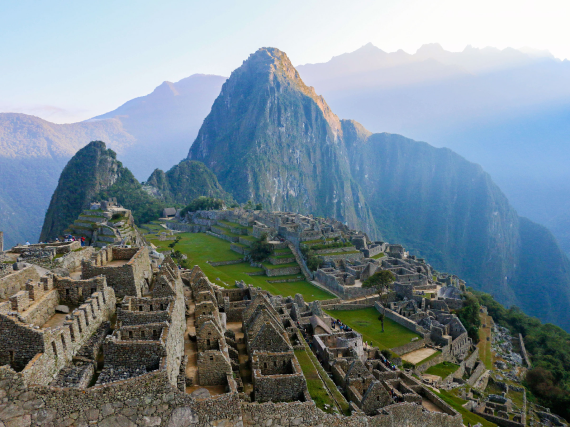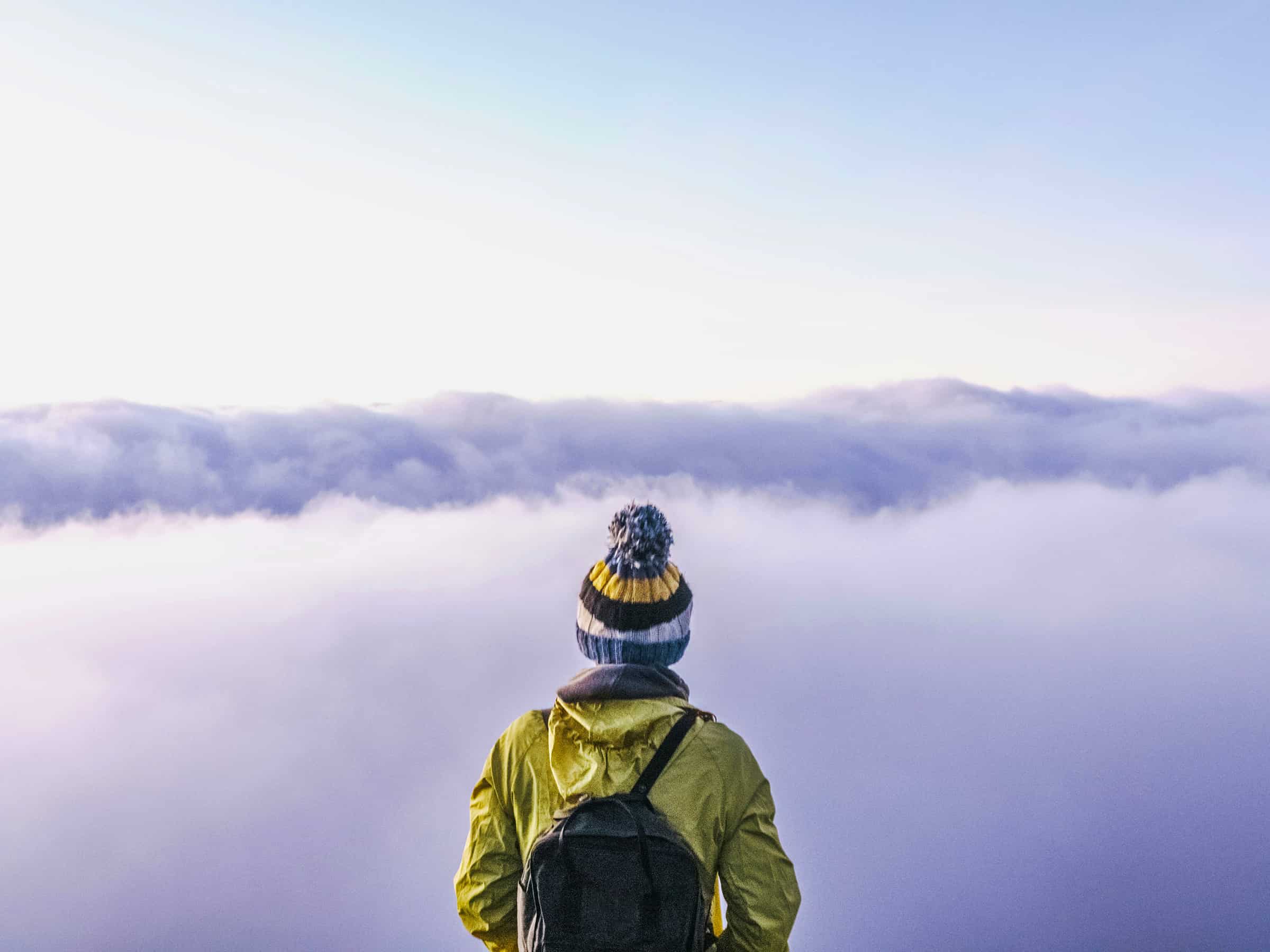With 8.2 billion people in the world, you’d be hard-pressed to find a place completely free of humans. But if you know where to look, there are still a few fascinating locations around the globe where the animal kingdom rules over humankind. From islands filled with crawling red crabs to places where slithering snakes and wild monkeys abound, here are seven intriguing destinations where specific animals outnumber people.
Christmas Island – Australia
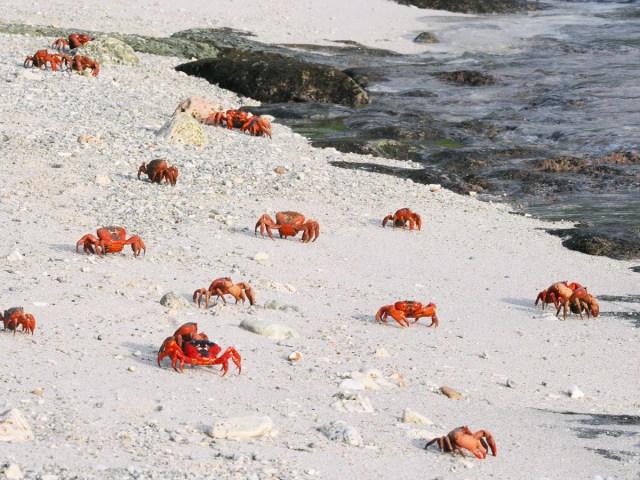
For 11 months out of the year, Christmas Island is a quiet, unassuming atoll in the Indian Ocean — until the march of the red crabs takes over. The annual migration of these crustaceans on this island belonging to Australia occurs for several weeks each year between October and December.
During that time, tens of millions of crabs descend from the forest and into the ocean. The phenomenon happens at the beginning of the wet season around the new moon. To assist in the annual mass migration, the island’s infrastructure includes a clever crab overpass that is designed to allow the crabs to cross the island’s roads safely.
Aoshima Island – Japan

Cat lovers will find themselves in heaven on Aoshima, a small island in Japan famous for its strong feline presence. Appropriately nicknamed “Cat Island,” Aoshima first welcomed cats to the island in the early 20th century to help with a rodent problem, resulting in a population boom that peaked at roughly 150 cats.
At the same time, the island’s human population has dwindled, shrinking from around 900 residents after World War II to just a few dozen people in the past decade. At the moment, the number of feline residents still continues to outnumber that of humans, but since sterilization protocols were introduced in 2018, the island’s cat population is now also on a steady decline.
Cayo Santiago – Puerto Rico
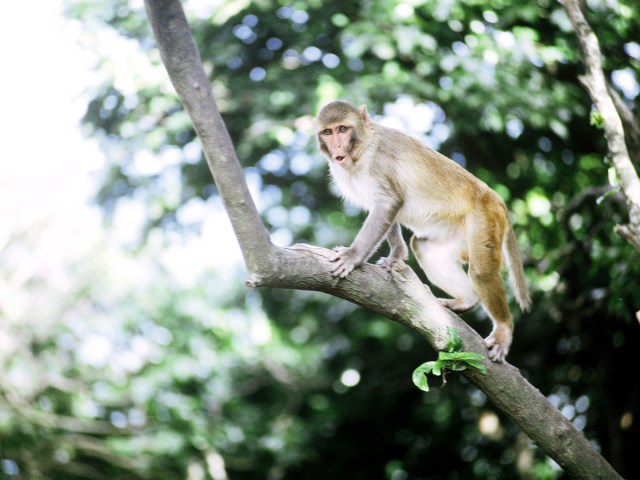
Located off the coast of Puerto Rico, Cayo Santiago is home to a population of approximately 2,000 rhesus macaques, a species of monkey native to Asia. Nicknamed “Monkey Island,” Cayo Santiago doubles as a primate research field station for scientists. The primates were first introduced to the island in 1938; since then, the population has grown to exceed that of the staff who visit the island for research purposes.
The monkeys can freely roam and eat the island’s flora, although the research station also provides water and monkey chow at feeding stations. The monkeys are closely monitored and studied to understand the impact of environmental changes on primate behaviors.
Snake Island – Brazil
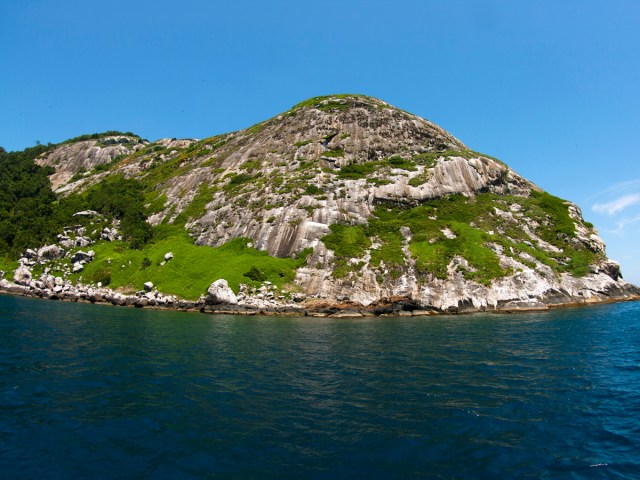
Snake Island certainly isn’t a tourist destination, but it’s not as scary as it sounds. Located off the coast of Brazil, Ilha da Queimada Grande is a 100-acre island that is home to thousands of venomous golden lanceheads. Although these pit vipers are some of the most dangerous snakes on the planet, thanks to their paralysis-causing venom, they aren’t a particular threat to humans.
The snake’s venom is meant for birds, and the island’s biologists explain that the snakes are nonaggressive when approached by humans. Regardless of this fact, Snake Island is off-limits to any human who is not a scientist, especially since the highly sought-after snakes have been put on the endangered list after being illegally collected for the exotic pet trade.
Assateague Island – Maryland and Virginia
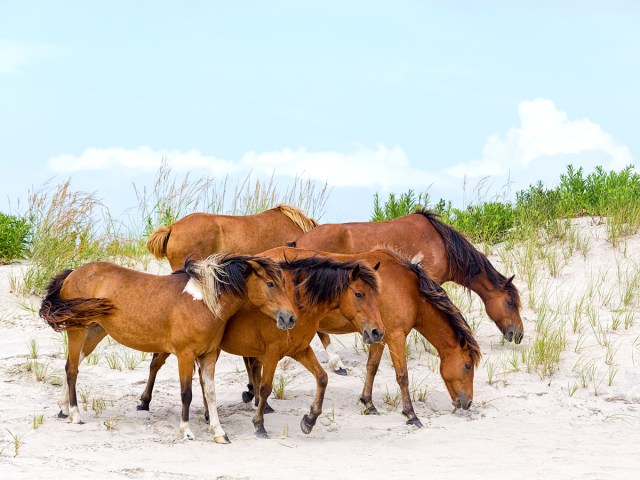
The wild horses of Assateague Island have long been a source of fascination. Though local lore claims the horses survived a shipwreck off the Virginia coast and migrated to the island, it’s more likely that the wild ponies were once domesticated horses secreted to the island to avoid fencing laws in the 17th century. Since then, the horses have turned feral, learning how to survive in the island’s natural habitat without the aid of humans.
A 2024 census revealed a headcount of 73 horses, which are divided into two herds — one on the Maryland side and one of the Virginia side of the island. Although no humans live year-round on Assateague Island, the population swells seasonally with tourists who are curious about the island’s unique animal residents.
New Zealand

It’s been a long-running joke that New Zealand has more sheep than people, and while this is indeed true, it might not be for long. Historically, the number of sheep in the country has vastly outnumbered that of humans. In the 1980s, New Zealand had roughly 70 million sheep, which meant every person could theoretically own a flock of 22 sheep.
As of 2024, the number has dwindled to a total of 25 million sheep, compared with New Zealand’s human population of a little over 5 million people. Shifts in agricultural trends, including an increase in dairy farming and forestry, have contributed to the dwindling sheep population.
Kauai – Hawaii
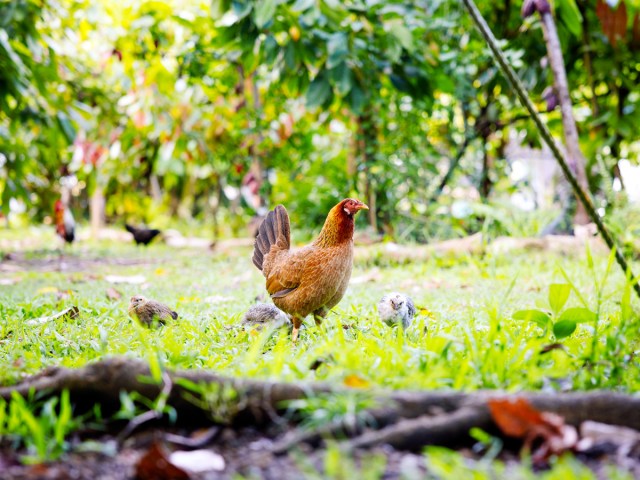
Residents of the island of Kauai don’t have to worry about any egg shortages. The small Hawaiian island is home to roughly 450,000 chickens, a figure that vastly outnumbers the human population of 73,000 residents. The chickens can be found throughout the island, pecking their way through patios, parking lots, and even beach resorts.
With about six chickens for every local, there are a few theories as to how the chickens crossed the proverbial road to Kauai. One predominant theory is that the hurricanes in the 1980s destroyed the island’s chicken coops, which led to an abundance of free-roaming chickens. Another theory is that the chickens are descended from wild chickens that arrived with early Polynesian settlers. Regardless of their origin, the chickens are now part of the culture on the island, and it seems like they’re here to stay.
More from our network
Daily Passport is part of Inbox Studio, which publishes content that uplifts, informs, and inspires.

